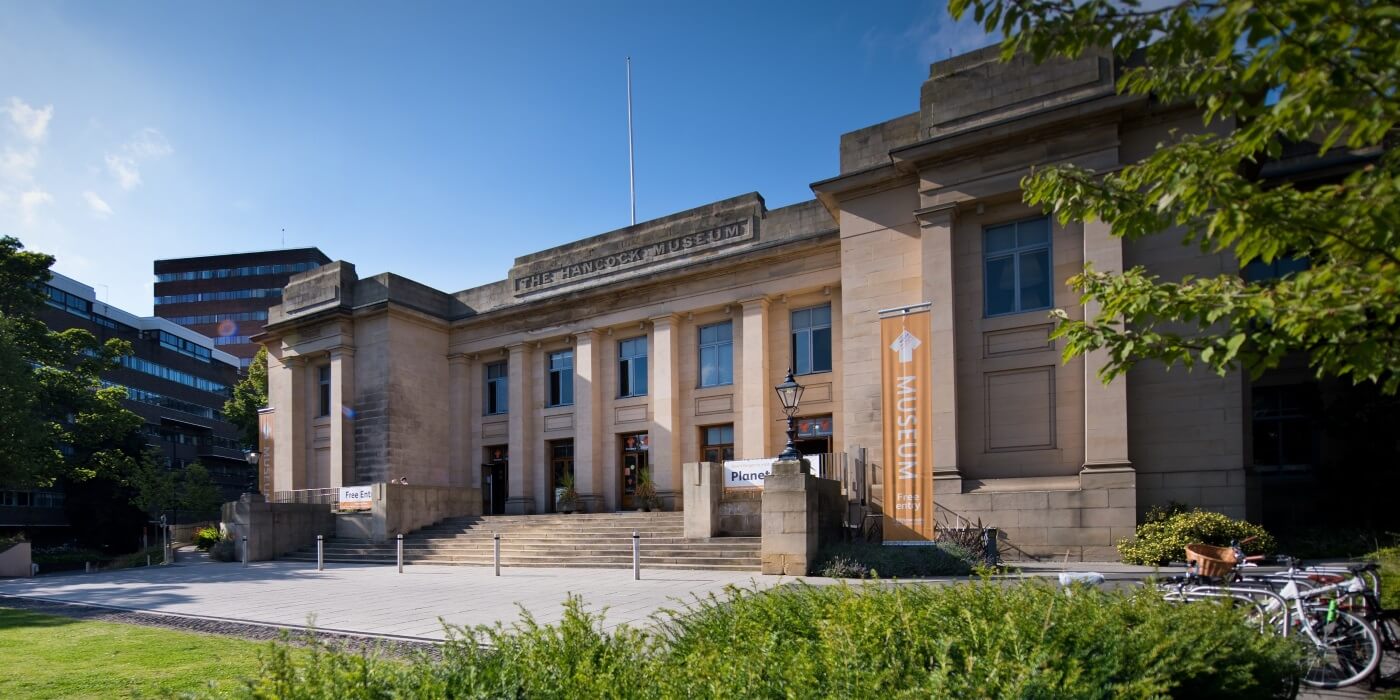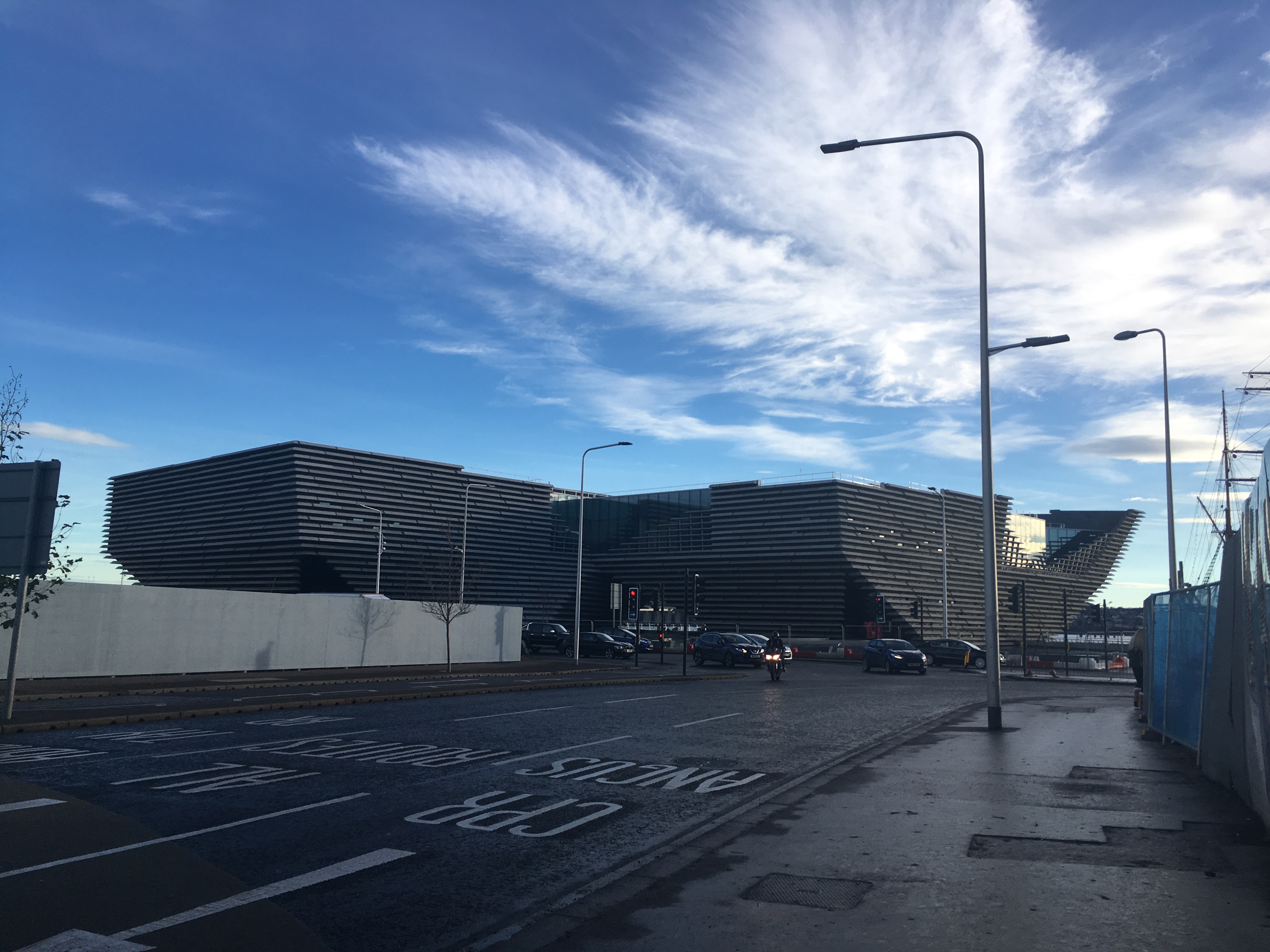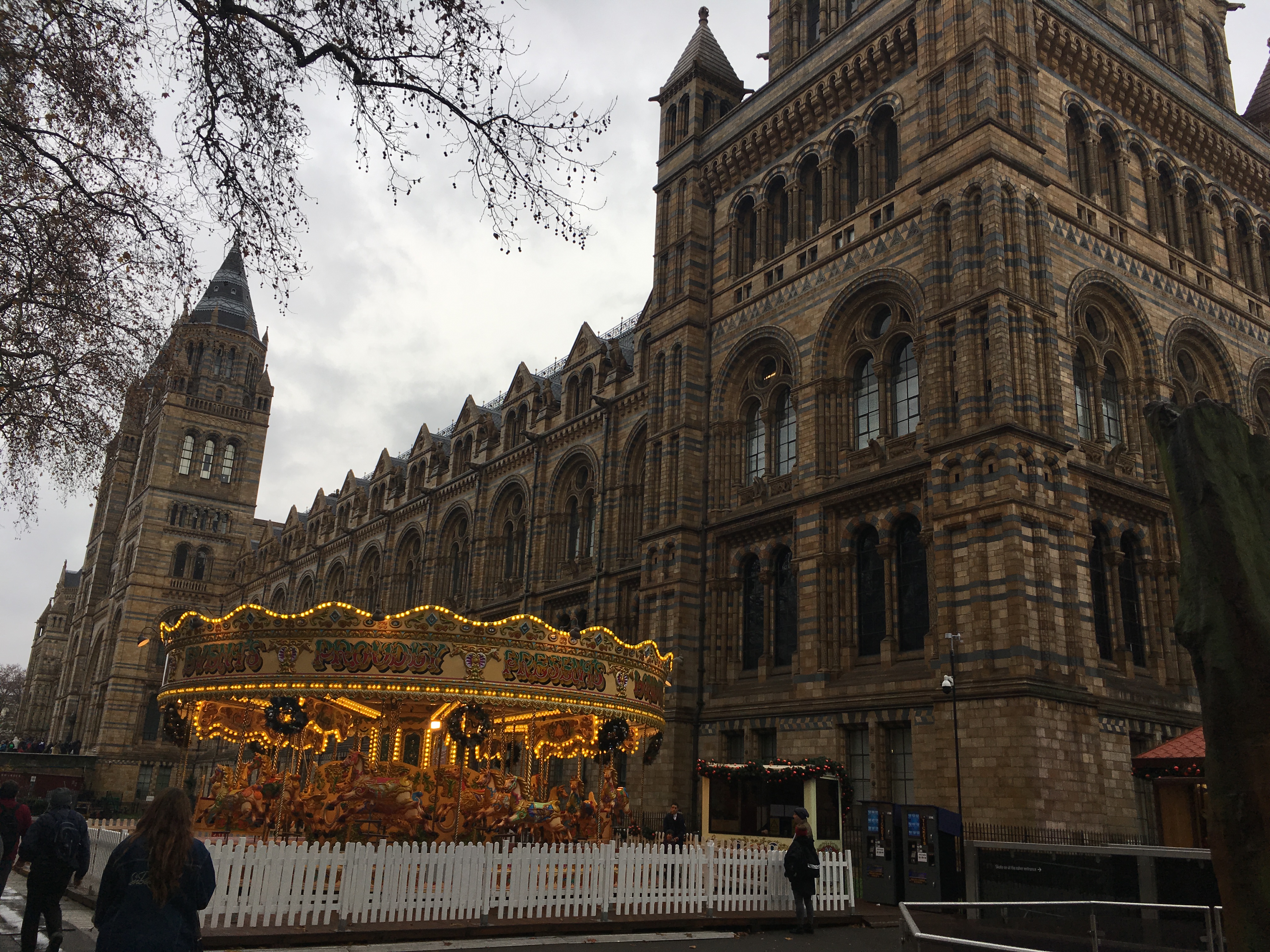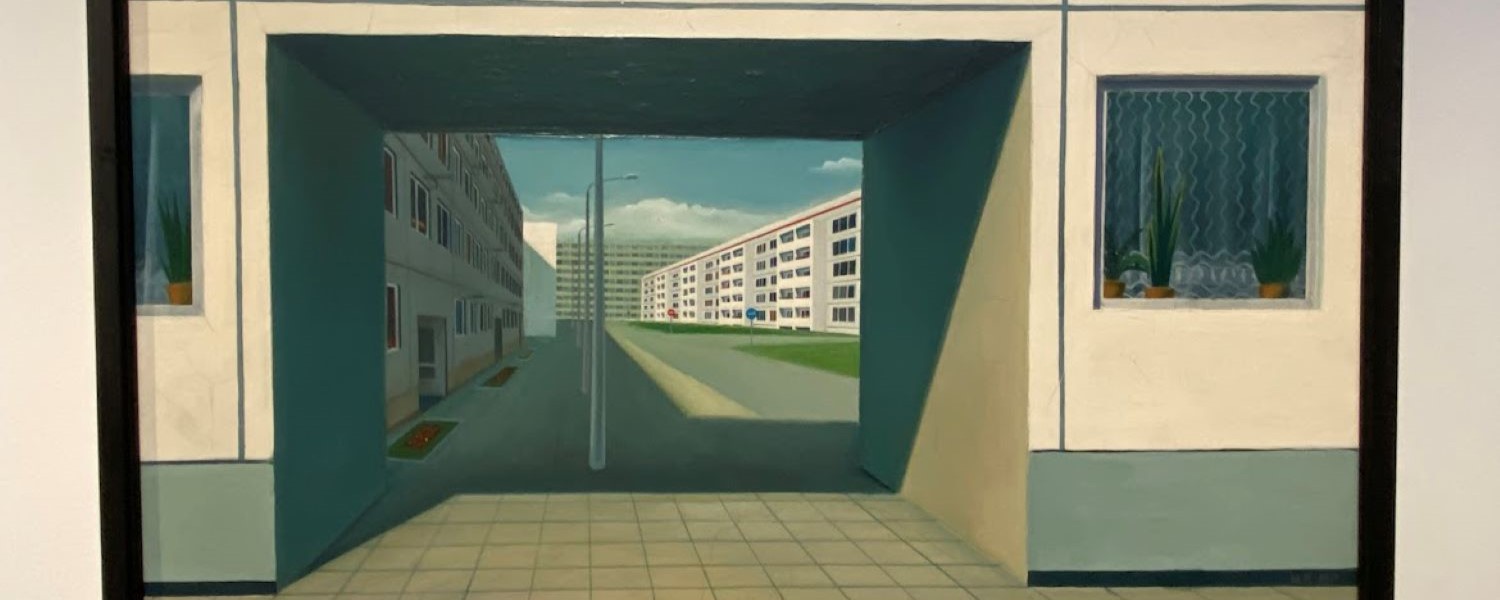It’s estimated that there are over 2500 museums in the UK, ranging from world-famous collections in major cities to small local ones on niche themes. Over 50% of adults have visited a museum or gallery in the last year and there were an estimated 7.5 million visits by children and young people under the age of 18 to the major museums in England.
As well as their educational and leisure value, and their role as drivers of the tourism economy, there is a growing body of research which is considering the wider societal role of museums and in particular, their potential positive impact on health and wellbeing.
Museums and the rise of social prescribing
Within health and social care, we have seen increasing recognition and interest in the role of psycho-social and socio-economic determinants on health and wellbeing. Treatments now often look at the whole person and their lifestyle, not just at the specific medical condition to be treated. This awareness of the impact of lifestyle has led us to view spaces like museums and theatres in a new way and consider how they can be used as a tool to help people to live well.
March 14th was social prescribing day in the UK. And Museums on Prescription is one of a number of culture-led projects which encourage people to use assets in their local communities such as museums, galleries and theatres to help manage conditions linked to depression and social isolation, in combination with traditional clinical medicine.
Arts-for-health settings can have an impact across a number of different areas, including supporting children who have been exposed to trauma and abuse, helping communities integrate and improve social cohesion through the co-production of exhibitions, and helping support people with mental or cognitive illnesses, as well as those who suffer from dementia and Alzheimer’s.
Helping people feel better
As the number of projects increase so does the evidence of positive benefits. There is a growing body of literature highlighting examples of how cultural experiences are supporting both physical and mental health.
A report from Art Fund looking at the calming impact of museums and galleries found that 63% of people surveyed have (at some point) used a visit to a museum or gallery to ‘de-stress’, however, only 6% visit a museum or gallery regularly (at least once a month). Over two thirds of survey respondents (67%) agreed that taking time out for ourselves and choosing to pursue a leisure activity is good for our personal wellbeing and this is where museums and galleries, along with a whole host of other providers like theatres, music venues, public gardens and parks can step in.
Funding is a challenge
A report (2018) from the English Civic Museums Network highlights that services often deemed “non-essential” (like museums and libraries) actually encourage and foster personal and communal resilience: they stop the crime, the illness, the loneliness from happening in the first place.
However, despite the significant and positive preventative role that participation in cultural activities can play, over the past five years spending on culture in England and Wales has fallen by over 30%, and this has had an impact on museums and the services they can provide.
Galleries and museums must keep striving to do more
The growing realisation of the potential of museums and galleries to have a positive impact on the health and wellbeing of communities presents a significant opportunity for them to develop programmes and exhibitions which reflect the diversity of experiences within communities and look to develop new ways to engage new audiences. Ensuring that people feel represented and that exhibitions appeal to a broad base of the community is also important in making sure people feel they are able to visit exhibitions and can feel the benefits of doing so.
In their 2015 report, the National Alliance for Museums, Health and Wellbeing, led by UCL, outlined the priorities of the alliance and showcased some examples of the work being done by partner organisations. In February 2019 it was announced that some schools in London are planning to give pupils “theatre vouchers” which entitles them to one free theatre visit per year. Museums themselves are also trying to do more to help engage members of the community and encourage them to engage with new exhibitions.
Are healthy people more culturally active, or does being culturally active make people healthier?
Museums and galleries have the potential to make an enormous contribution to improving people’s lives and enhancing physical health and mental wellbeing. The body of research around the role cultural activities like attending museums can have on health and wellbeing is growing, but there is still scope to do more, and work is ongoing with a number of high profile museums across the UK to promote the link between cultural activities and health and wellbeing.
The question of which comes first – being well initially which allows you be more culturally active, or cultural activities facilitating wellbeing in their own right – will be discussed and disputed by academics and clinicians. But the existing studies highlight the significant positive impact that engaging with museums and exhibitions has had on study participants, particularly those who suffer from mental ill health or degenerative cognitive diseases like dementia.
Museums and galleries, it is clear, have a far greater communal role to play and can evidence their value far beyond being a source of knowledge transfer or a leisure activity. Museum curators and funders need to recognise this as they prepare and plan for exhibitions and outreach projects in the future and clinicians need to be aware of the potential positive impacts for patients when considering care and treatment plans.
If you liked this article you may be interested in reading:
- Feel better with a book … why bibliotherapy may be just the medicine we’re looking for
- “This garden has been almost medicinal to me”: community gardens are cultivating the land and empowering communities
Follow us on Twitter to see which topics are interesting our research team.
Share
Related Posts
By Donna Gardiner While free school meals (FSM) have been available in England on a means-tested basis since 1944, recent years have seen a renewed focus upon the potential benefits of providing free school meals to all school-aged children. Currently, ....
Today sees the start of Community Garden Week 2023. Across the UK, communities will be celebrating the many and varied types of community gardens, from children’s and neighbourhood gardens to therapy gardens and allotments. The benefits of community gardens are ....
By Hollie Wilson At the start of 2020, an independent review was published setting out what needed to be done to bring about changes to the care system for children and young people in Scotland. At the heart of the ....




